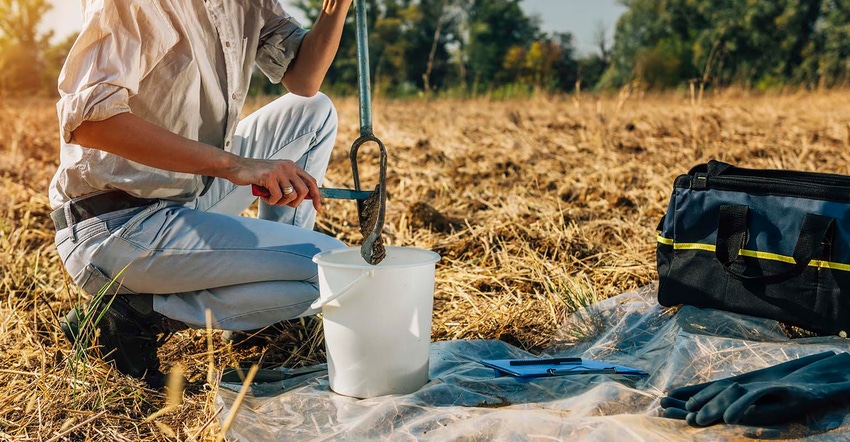
It was estimated in the 2012 Census that 70% of farmland would transition in the next 20 years. This was almost 10 years ago and seems more likely as over one-third of farmland is owned by those 74 years or older.
Not only will a significant amount of land transfer by inheritance, but now an unprecedented amount of land is expected to hit the market for sale in the coming months.
This is in reaction to the current hot land market I recently wrote about.
Residual soil fertility
The IRS allows farmland inheritors and purchasers to deduct excess, or residual soil fertility, along with other depreciable assets such as farm buildings, grain storage structures, fence and drainage tile, if it can be proven.
I recently worked with siblings who inherited 600 acres of farmland that appraised for $11,500 per acre, or $6,900,000 in total value. Most believe the need for an appraisal is to establish a new step-up in basis for the land or to determine whether there is a taxable estate or not. In the case of a new land acquisition, the purchase price becomes the new land basis and an appraisal may be needed if financing is involved.
In either event, be sure to perform an allocation of the total value of the property to its depreciable assets since the land alone is not depreciable. In the case of the 600 acres above, the total allocation to depreciable assets was near $1,200,000, or $2,000 per acre, which the family can now re-depreciate. The $2,000 per acre write-off represented $830 per acre for buildings and structures, $8 per acre for fence, $500 per acre for drainage tile and nearly $660 per acre for residual soil fertility.
Documentation
We highly advise clients to work with an agronomist or crop consultant to complete a soil test of the purchased or inherited farmland. It is important the soil fertility is documented as soon as you take possession and before any new fertilizers are applied. Then, work with an agronomist or Certified Crop Advisor to determine if there is any residual soil fertility over and above what may be considered a base line in the soil’s natural state.
Many times an analysis may compare your farm’s fertility to what is deemed to be normal or optimum from industry standards such as from your state’s extension service. Such an analysis could look like this:
Next, work with your tax advisor to determine the appropriate method to expense the excess fertility, which typically is for it’s useful life of three to four years.
For additional information, including IRS references, see Deducting Residual Soil Fertility, written by Washburn University ag law professor Roger McEowen.
Downey has been helping farmers and landowners for the last 21 years with their family farm transition, estate planning, leasing strategies, finances, and general land consultation. He is the co-owner of Next Gen Ag Advocates and an associate of Farm Financial Strategies. Reach Mike at [email protected].
The opinions of the author are not necessarily those of Farm Futures or Farm Progress.
About the Author(s)
You May Also Like






